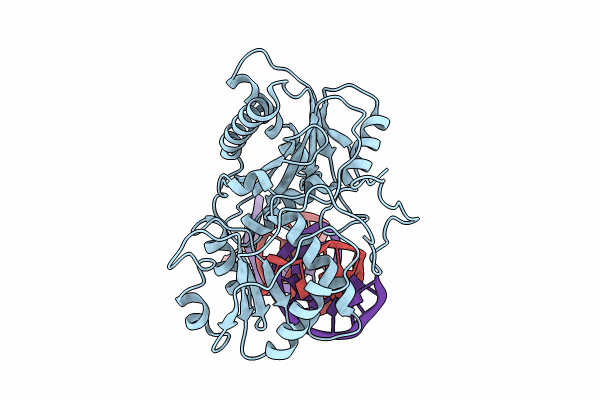
Deposition Date
2024-06-21
Release Date
2024-11-13
Last Version Date
2025-07-16
Entry Detail
PDB ID:
9IJ2
Keywords:
Title:
Cryo-EM Structure of MILI-piRNA-target (22-nt, comma)
Biological Source:
Source Organism:
Mus musculus (Taxon ID: 10090)
Homo sapiens (Taxon ID: 9606)
Homo sapiens (Taxon ID: 9606)
Host Organism:
Method Details:
Experimental Method:
Resolution:
3.90 Å
Aggregation State:
PARTICLE
Reconstruction Method:
SINGLE PARTICLE


